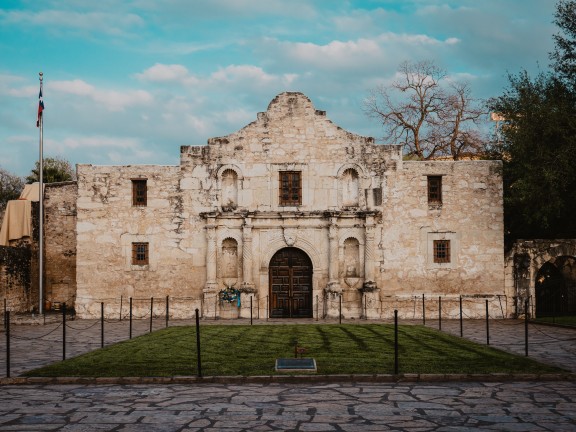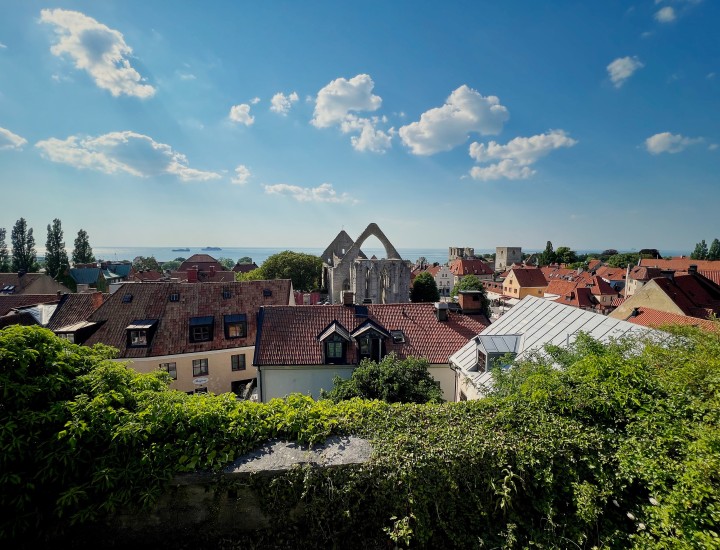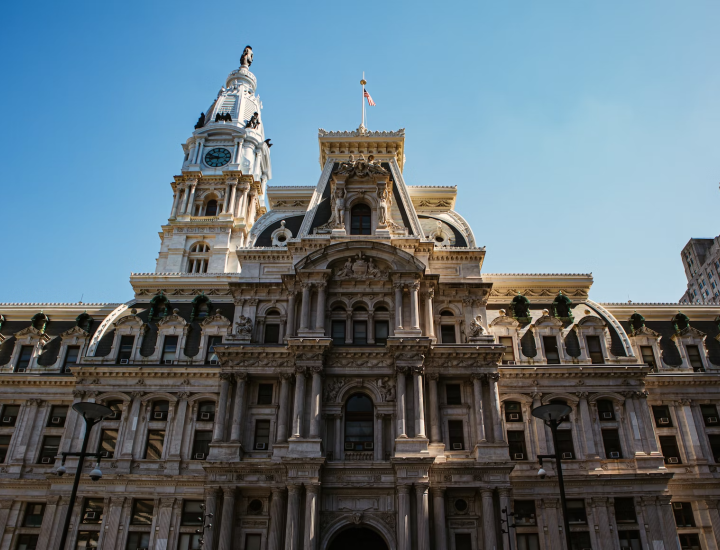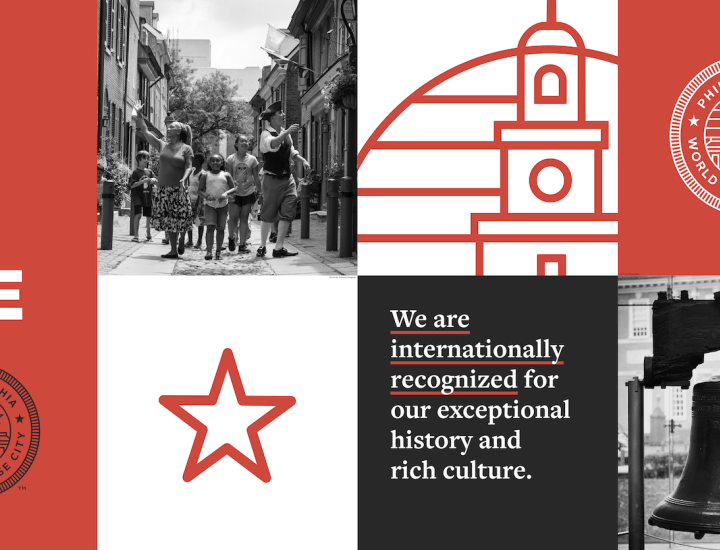A Look Into The City of San Antonio’s World Heritage Office

Gaining World Heritage City (WHC) designation is an exciting feat for a city and an accomplishment that should be celebrated. But what happens after that? The next steps depend on what the individual city decides to do. After becoming a WHC in 2015, San Antonio, Texas set to work developing plans and strategies to make the most of the city's new status.
Now, San Antonio is setting the standard for the way it manages World Heritage sites and expands programs devoted to World Heritage education and recognition. The city has its own World Heritage Office run by Colleen Swain, a San Antonio native. In an interview with GPA, Swain shared how The City of San Antonio World Heritage Office came to be and its role in the community.
Following WHC designation, San Antonio’s local government held multiple public conversations which sought to educate the public on what World Heritage is and garner thoughts on use of the land of the World Heritage site and improvements to visitor experience. The Missions are historical yet fully-functioning churches and the largest collection of Spanish colonial architecture in the United States. Swain shared that the forums led to a new understanding of what a World Heritage site could do for a community; residents reasoned that they were the ones going to the churches and living nearby, so the improvements should be done with them in mind.
With this insight in mind, the office was created to “leverage the World Heritage site as a catalyst for social economic change, and there was potential for increased economic development” if the local government and communities could work together, which they have since proven capable of and excelled at. Swain was proud to explain that her office has “become a liaison and advocate for the residents,” and the plans that have been instituted have proven that “improvements for residents are improvements for visitors.”
Through Swain and her team’s efforts, the World Heritage Office is continually growing, educating the public, maintaining a dynamic work plan, and interacting with the local communities to ensure that needs are being met and changes have positive effects. Tremendous effort and time has been spent engaging the San Antonio community in the processes, and the benefits to this community show that the impact of World Heritage sites can reach beyond education and tourism. The Coahuiltecans, the city’s collective Native American population, is involved in many collaborative efforts of the World Heritage Office, which intentionally includes the tribes’ stories and contributions in their educational efforts. There is ongoing focus on the “interweaving of cultures,” as Swain described it, in both tangible aspects, such as architecture and archeology, and intangible aspects, such as community development and support.
Other specific initiatives of the city of San Antonio and its World Heritage Office include the enhancement of landscapes around the Missions in the World Heritage site, the creation of bilingual educational materials that also include literature on Native American culture, and the engagement of an artist to create art make-and-takes as another way for children to engage with World Heritage.
Educating the public about San Antonio’s heritage is a significant goal of the office because San Antonio has such a rich history and cultural landscape that supports its designation as a World Heritage City. In addition to the important Native American cultural elements in the city, the Missions within the World Heritage site are stunning architectural displays and fully-functional churches, and as a UNESCO City of Gastronomy, the city exhibits unique and delicious regional recipes.
The city and its World Heritage Office are also committed to interacting with other World Heritage Cities in order to exchange ideas. In November 2023, San Antonio hosted other North American city representatives for the World Heritage USA conference, including GPA and other Philadelphians, in order to discuss the involvement of communities in World Heritage sites as well as exhibit their unique initiatives and World Heritage sites.
Having an office specifically devoted to World Heritage is a game changer that demonstrates San Antonio’s deep commitment to World Heritage. Philadelphia has many organizations that demonstrate a devotion to World Heritage and Philadelphia heritage, such as GPA and National Historic Landmark organizations, and that interest is continually growing. When emphasis on celebrating World Heritage is established and governmentally recognized as an important facet of a city or town’s identity, initiatives surrounding World Heritage can have more positive influences on communities.



